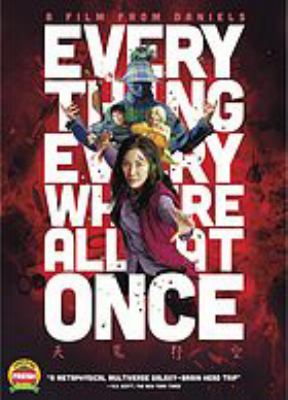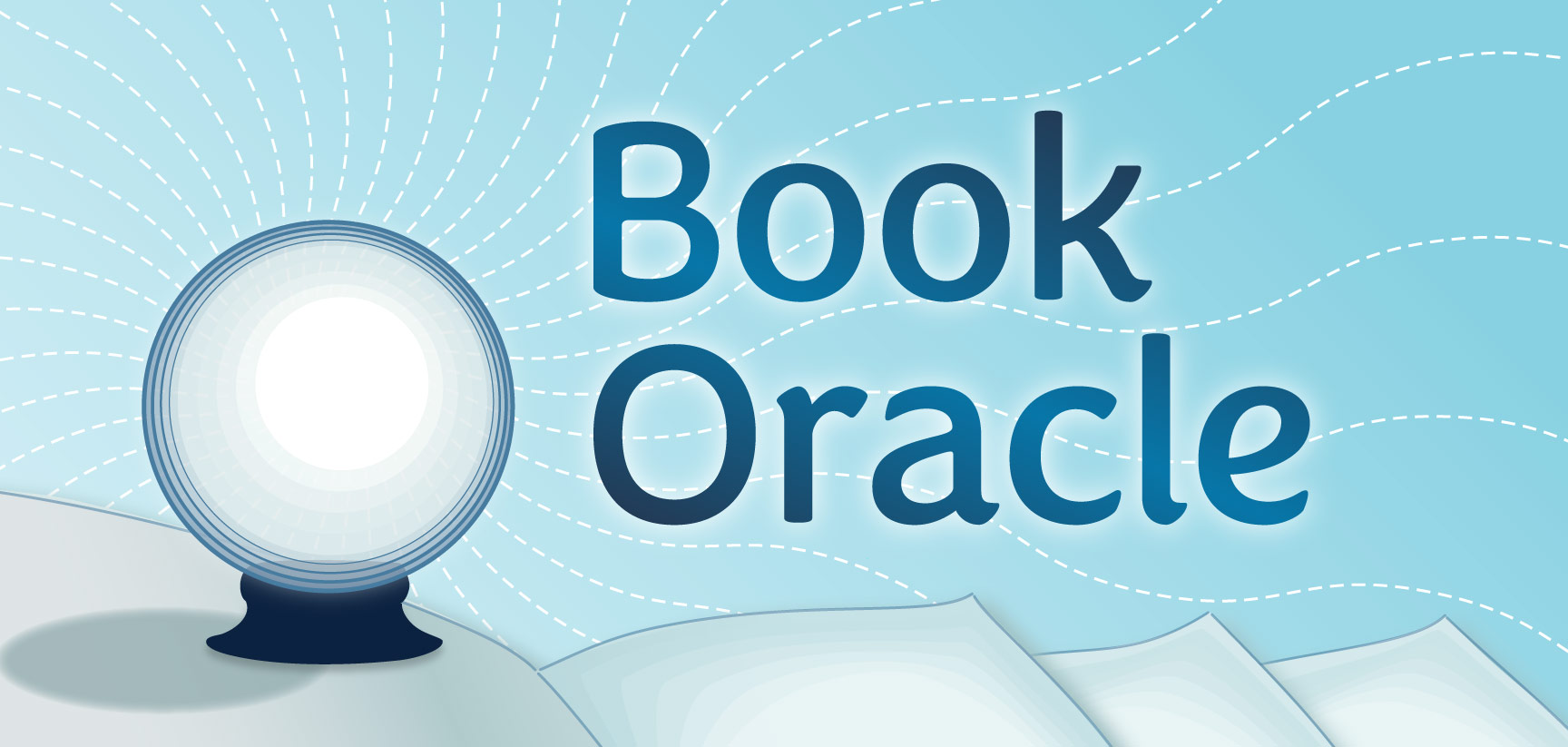Have you ever wanted to rewind time? What about moving to an alternate reality, or have infinite chances to ‘get it right?’
If so, you’re not alone. The “Do Over” theme isn’t a new literary trope, but based on my (not at all scientific) observations, it’s exhibiting a surge in popularity.
 The 2022 movie “Everything Everywhere All at Once,” might be the most well-known and highly esteemed recent example of this genre. Michelle Yeoh stars as a middle-aged Chinese immigrant pulled into a quest spanning infinite universes to save existence. The movie swept the 2023 Academy Awards for best picture, best actress, best supporting actor and more for a total of 7 Oscars. It has humor, action, drama and excellent performances.
The 2022 movie “Everything Everywhere All at Once,” might be the most well-known and highly esteemed recent example of this genre. Michelle Yeoh stars as a middle-aged Chinese immigrant pulled into a quest spanning infinite universes to save existence. The movie swept the 2023 Academy Awards for best picture, best actress, best supporting actor and more for a total of 7 Oscars. It has humor, action, drama and excellent performances.
The reasons for a do-over don’t have to be so grand. Cassandra Dankworth is 31, hates her job and just got dumped. But she wakes up the next morning with a chance to do the day again. For Cassandra, who has trouble relating to other people and picking up on social cues, the opportunity to rewind time and try an interaction over again seems like a windfall. “Cassandra in Reverse,” by Holly Smale, explores the ups and downs of rewinding time over and over again, trying to get it just right. Cassandra’s newly-discovered talent creates an accelerated, if somewhat brutal, learning curve about life and what should be fixed or left alone.
Some authors use exceptionally long life as a means of allowing their characters to try and try again. In “The Invisible Life of Addie LaRue,” by Victoria Schwab, protagonist Addie lives eternally but is never remembered. She’s free to explore the world and relationships without any regrets. In Matt Haig’s “How to Stop Time,” Tom Hazard ages exceptionally slowly, aging only decades over the course of centuries. Both stories explore the consequences of having a longer life than everyone else.
Holly Gramazio takes relationship ‘what ifs’ to the extreme in “The Husbands.” Lauren returns home from a hen party to find her own husband descending from the attic. The only problem is she isn’t married. Whenever a husband goes up the ladder to the attic, a new husband descends. What follows is a succession of husbands of all kinds — will it ever end?
Another Matt Haig book, “The Midnight Library,” allows a suicidal protagonist to explore the life paths she never took. Jodi Picoult’s, “The Book of Two Ways,” explores returning to the path not taken. When Dawn Edelstein’s plane crashes, she has a choice, return to her husband and family or track down the person and dreams that flashed before her eyes in her last minutes.
A grieving daughter gets a chance to see her father healthy and whole again in “This Time Tomorrow,” by Emma Straub. In a thoughtful, literary style Straub unfolds a tale that is as much about living life to its fullest as it is about grief and regrets. In “The Two Lives of Lydia Bird,” by Josie Silver, a grieving widow continues her life with her husband in an alternate world when she sleeps. In her waking hours, though, life goes on, until one day she might have to choose which life she wants.
And finally, we have “Meet Me in Another Life,” by Catriona Silvey with the story of Thora and Santi. Life after life, Thora and Santi meet to be friends, lovers, enemies, colleagues. If you’re tired of the typical multiple lives tropes, read this one, it delivers something original.
What all of these books provide is reflection on what’s important in life and that no matter how fast or far (not even to another dimension) you run, you can’t outrun problems, fears, or grief — in the end, you’ll have to face them. But with a little perspective, facing things might not be as bad as expected.


